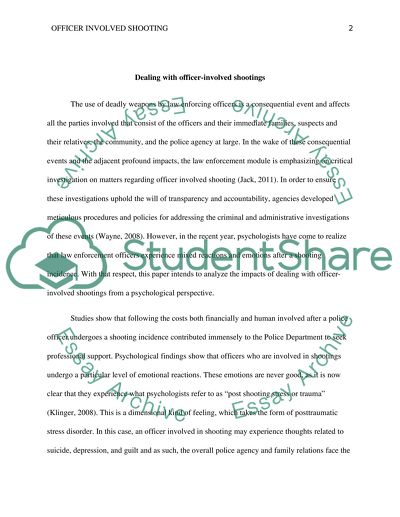Cite this document
(“Dealing with Officer-Involved Shootings Research Paper”, n.d.)
Dealing with Officer-Involved Shootings Research Paper. Retrieved from https://studentshare.org/psychology/1453355-y-dealing-with-officer-involved-shootings
Dealing with Officer-Involved Shootings Research Paper. Retrieved from https://studentshare.org/psychology/1453355-y-dealing-with-officer-involved-shootings
(Dealing With Officer-Involved Shootings Research Paper)
Dealing With Officer-Involved Shootings Research Paper. https://studentshare.org/psychology/1453355-y-dealing-with-officer-involved-shootings.
Dealing With Officer-Involved Shootings Research Paper. https://studentshare.org/psychology/1453355-y-dealing-with-officer-involved-shootings.
“Dealing With Officer-Involved Shootings Research Paper”, n.d. https://studentshare.org/psychology/1453355-y-dealing-with-officer-involved-shootings.


